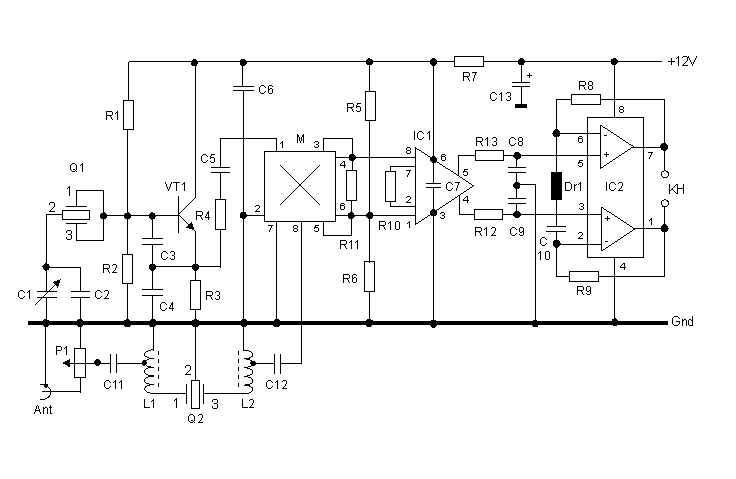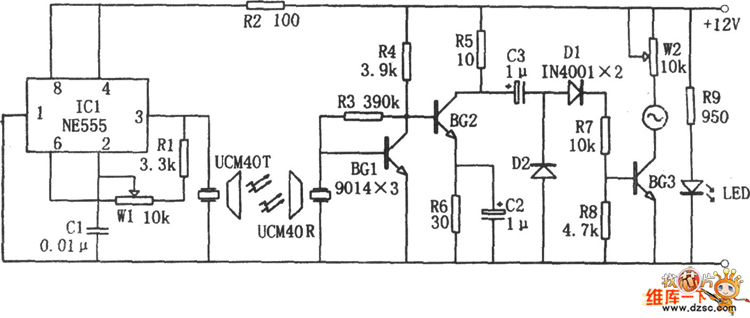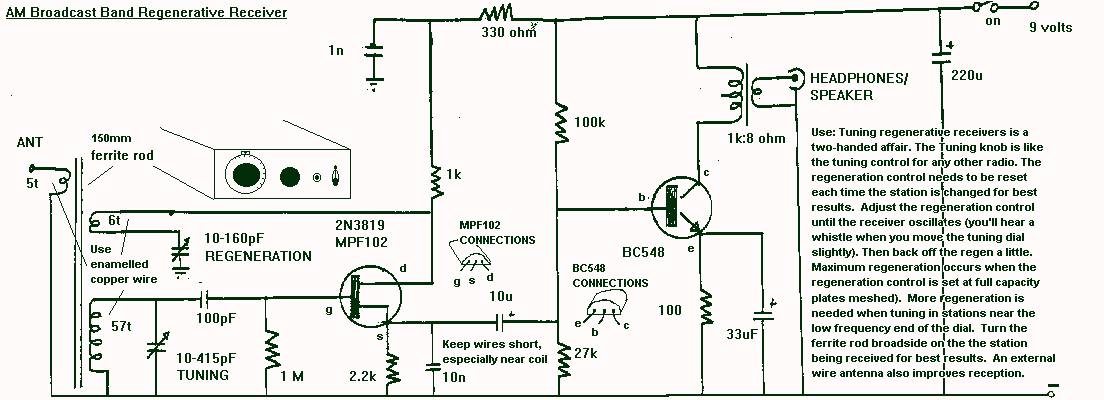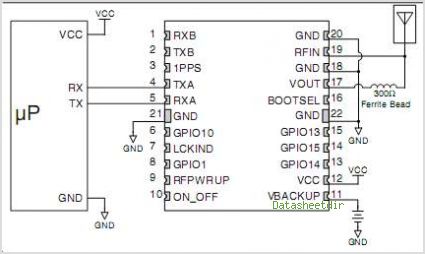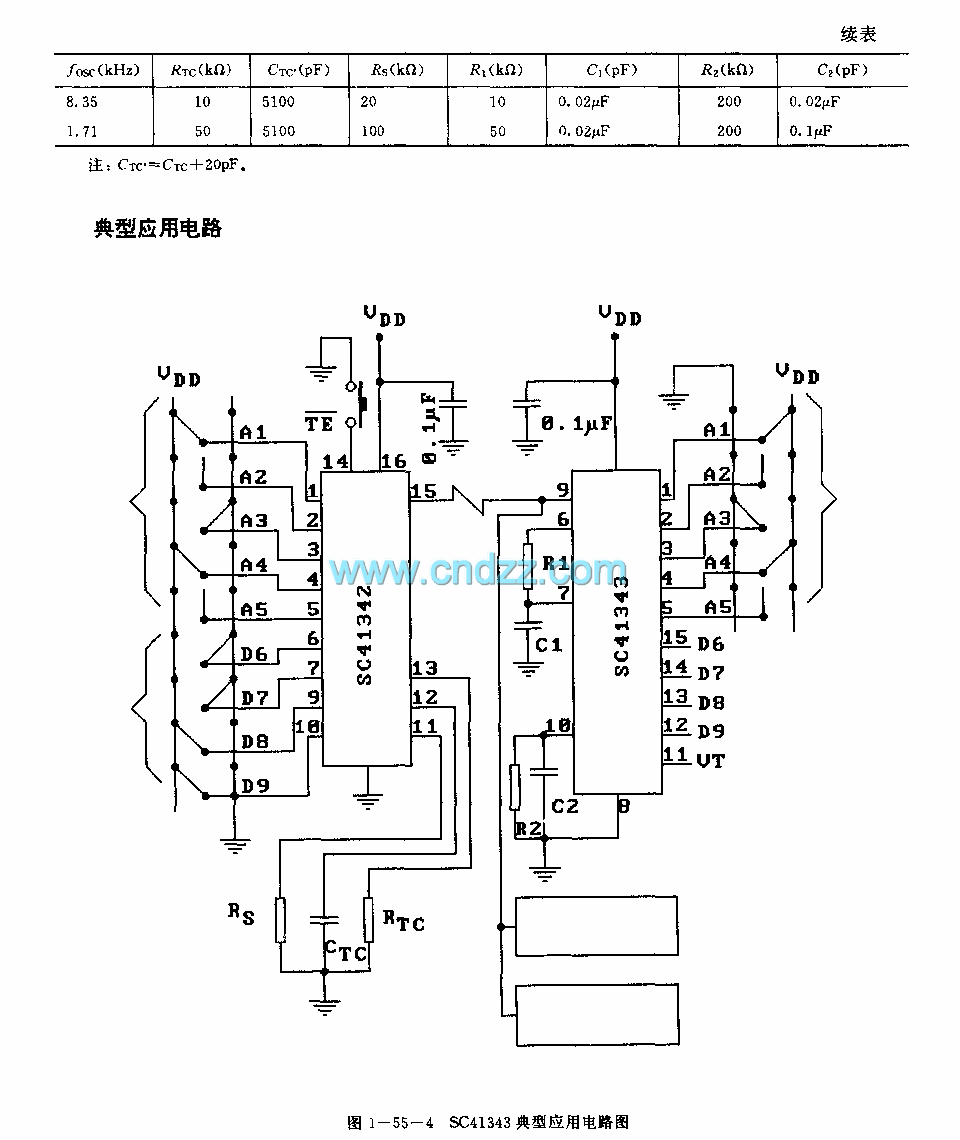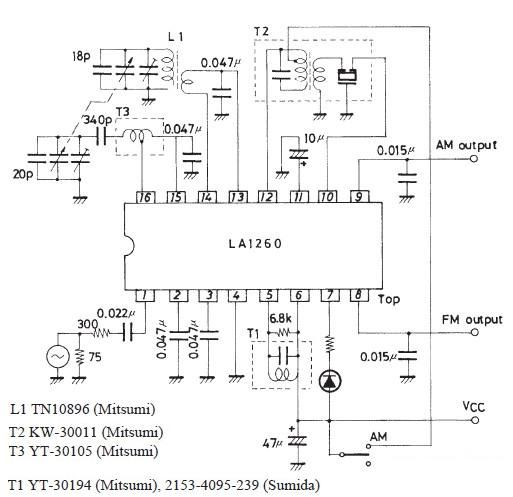
Opamps and ultrasonic receiver circuitry
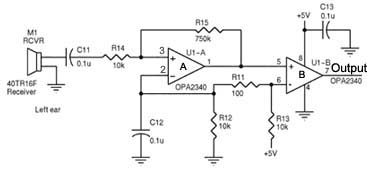
Assistance is required regarding the circuits provided below. The focus is on an ultrasonic receiver circuit that utilizes two ultrasonic components.
The ultrasonic receiver circuit is designed to detect ultrasonic waves, typically in the frequency range of 20 kHz to several MHz, which are beyond the range of human hearing. This circuit is often used in applications such as distance measurement, object detection, and various forms of non-contact sensing.
The core components of an ultrasonic receiver circuit include an ultrasonic transducer, which converts ultrasonic sound waves into electrical signals. In this design, two ultrasonic transducers are employed: one for transmitting ultrasonic pulses and the other for receiving the reflected waves. The transducers are usually piezoelectric devices that respond to high-frequency signals.
The circuit may incorporate an amplifier to enhance the weak signals received by the transducer. This amplifier is typically a low-noise operational amplifier configured in a non-inverting or inverting configuration, depending on the desired gain and signal processing requirements. The output from the amplifier can be fed into a microcontroller or a comparator circuit for further processing.
Additionally, a filter may be included to eliminate noise and ensure that only signals within the desired frequency range are processed. This filter can be a band-pass filter designed to allow ultrasonic frequencies while attenuating lower and higher frequencies.
For distance measurement applications, the circuit may also feature a timing mechanism, such as a microcontroller, which calculates the time taken for the ultrasonic pulse to travel to an object and back. By knowing the speed of sound, the distance to the object can be accurately determined.
Power supply considerations are crucial in designing the circuit. A stable power source ensures consistent performance of the ultrasonic transducers and associated circuitry. Voltage regulators may be used to provide the necessary operating voltage levels for the components.
To summarize, the ultrasonic receiver circuit operates by transmitting ultrasonic pulses, receiving the echoes, amplifying the signals, filtering out noise, and processing the information to determine distance or detect objects. This makes it a versatile solution for various sensing applications in electronics.Hi! I desperately need help concerning the circuits I`ve attached below. Basically, it is an ultrasonic receiver circuit, with two ultrasonic.. 🔗 External reference
The ultrasonic receiver circuit is designed to detect ultrasonic waves, typically in the frequency range of 20 kHz to several MHz, which are beyond the range of human hearing. This circuit is often used in applications such as distance measurement, object detection, and various forms of non-contact sensing.
The core components of an ultrasonic receiver circuit include an ultrasonic transducer, which converts ultrasonic sound waves into electrical signals. In this design, two ultrasonic transducers are employed: one for transmitting ultrasonic pulses and the other for receiving the reflected waves. The transducers are usually piezoelectric devices that respond to high-frequency signals.
The circuit may incorporate an amplifier to enhance the weak signals received by the transducer. This amplifier is typically a low-noise operational amplifier configured in a non-inverting or inverting configuration, depending on the desired gain and signal processing requirements. The output from the amplifier can be fed into a microcontroller or a comparator circuit for further processing.
Additionally, a filter may be included to eliminate noise and ensure that only signals within the desired frequency range are processed. This filter can be a band-pass filter designed to allow ultrasonic frequencies while attenuating lower and higher frequencies.
For distance measurement applications, the circuit may also feature a timing mechanism, such as a microcontroller, which calculates the time taken for the ultrasonic pulse to travel to an object and back. By knowing the speed of sound, the distance to the object can be accurately determined.
Power supply considerations are crucial in designing the circuit. A stable power source ensures consistent performance of the ultrasonic transducers and associated circuitry. Voltage regulators may be used to provide the necessary operating voltage levels for the components.
To summarize, the ultrasonic receiver circuit operates by transmitting ultrasonic pulses, receiving the echoes, amplifying the signals, filtering out noise, and processing the information to determine distance or detect objects. This makes it a versatile solution for various sensing applications in electronics.Hi! I desperately need help concerning the circuits I`ve attached below. Basically, it is an ultrasonic receiver circuit, with two ultrasonic.. 🔗 External reference
